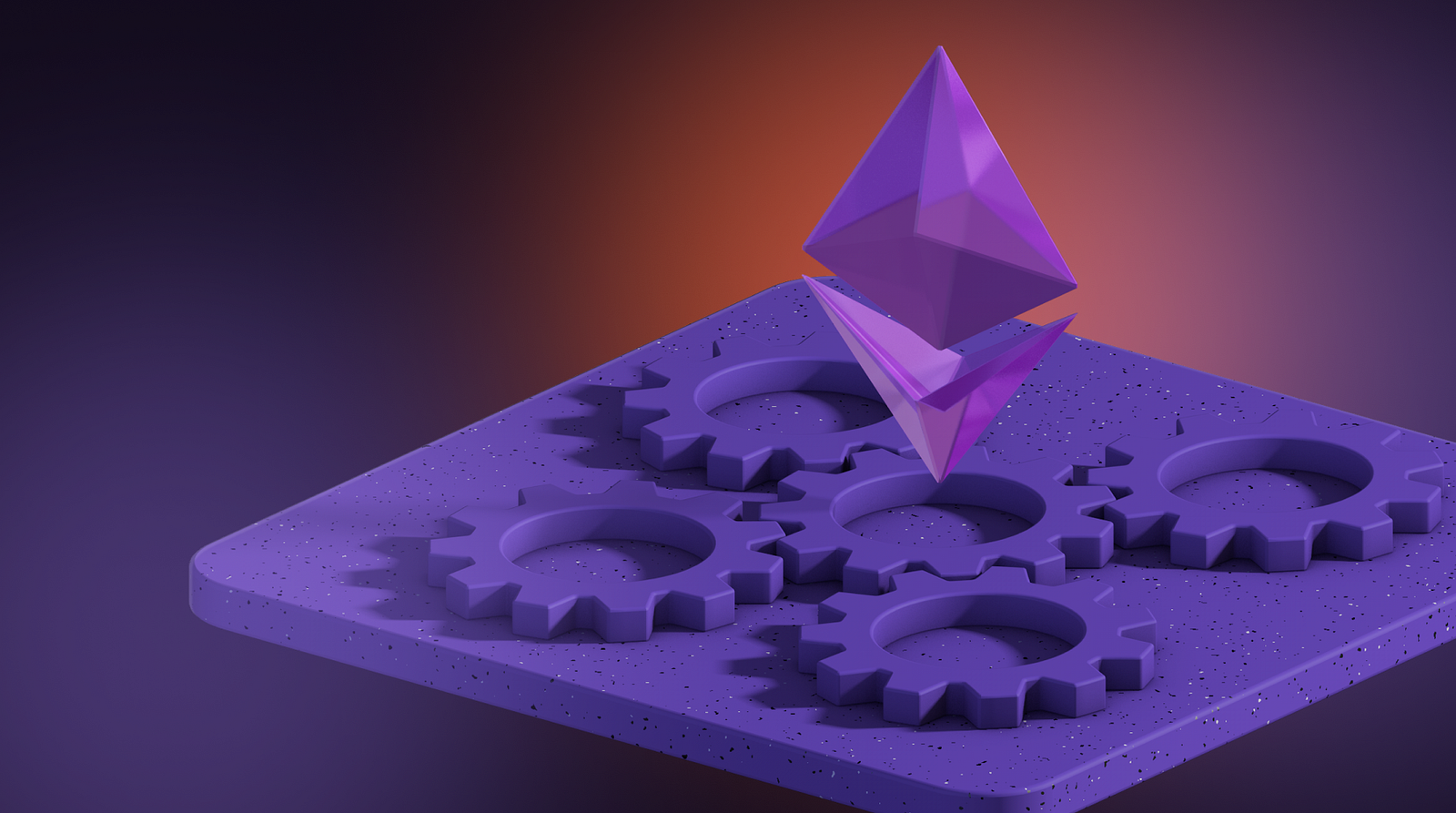Please fasten your belts!
Vitalik Buterin looks to enshrinement
In a detailed blog post, Ethereum’s co-founder Vitalik Buterin elaborated on “enshrining” within the L1 protocol, which refers to the native incorporation of a feature’s logic into the core code, transitioning them into “protocol features.”
This practice can potentially:
- lower gas fees;
- enhance security;
- mitigate centralization risks when applied aptly.
Two notable features, account abstraction (ERC-4337) and proposer-builder separation (PBS), were discussed for enshrinement.
ERC-4337, evolving from an earlier proposal, brings user-friendly functionalities like smart contract wallets and gas fee payments in ERC-20 tokens, which can promote crypto adoption.
Enshrining parts of ERC-4337 could reduce gas fees due to lower storage costs and eliminate a vulnerability linked to its entry point contract. On the other hand, enshrined PBS aims to decentralize the protocol further.

Proposers, who are validators, can sell block production rights to specialized players known as builders, facilitating a decentralized and trustless system.
Currently, a third-party solution, mev-boost, is popular among validators to interact with a marketplace of builders, accounting for a significant portion of Ethereum block production.
However, to counter mev-boost centralization, PBS is advocated to integrate a builder marketplace within the protocol’s consensus layer, eliminating the need for centralized intermediaries known as relays.
Initially, Ethereum’s philosophy leaned towards minimal enshrinement to keep the base layer simple while relying on off-chain solutions for additional functionalities. However, reflections on potential enshrinements indicate a shift towards a balanced approach.
Buterin underscores the importance of a cautious strategy, advocating enshrinement in favorable scenarios to tackle centralization, diminish bug risks, and handle high fixed costs, while also maintaining a level of restraint to avoid over-complicating the protocol or undermining Ethereum’s trust model.
This thoughtful approach demonstrates an evolving ethos, adapting to new challenges and insights from the community to better cater to user needs, ensuring Ethereum’s robustness moving forward.
Account Abstraction’s evolution by OKX
Since the inception of the EIP-4337 by Vitalik Buterin in September 2021, the concept of account abstraction (AA) has witnessed a progressive incorporation into mainstream Web3 wallets, marking a significant shift in Ethereum account management paradigms.
Facilitating user flexibility and robust security measures, AA stands as a testament to the continuous evolution within the blockchain domain. OKX presents a comprehensive review shedding light on its past, present, and potential multi-chain future.
The narrative revolves around the pivotal EIP-4337 proposal, exploring the simplistic yet effective account management solutions it brings forth. The discussion extends into multi-chain AA, spotlighting the native support and ERC-4337 compatibility as the cornerstone for simplifying user interaction across multiple blockchains.

A comparative analysis across diverse networks such as Arbitrum, Polygon, and Starknet unveils their unique AA solutions, addressing critical aspects like gas payments and transaction validation.
In 2023, the expansion of AA unfolds a bunch of opportunities, transcending traditional transaction boundaries and nurturing the powerful synergy between AA and intents.
The discourse underlines the vital role of AA in fostering a seamless user experience, thus foreshadowing a new era of blockchain adoption.
Moreover, the exploration of multi-chain account abstraction solutions paints a promising picture, hinting at a future where interoperability and user-centric design stand central to blockchain technologies, thereby catalyzing a multi-chain future fostering a broader blockchain adoption landscape.
Binance: “Account abstraction adoption is on the rise”
Binance’s monthly report highlighted a clear rise in Account Abstraction (AA) usage, showing a notable step in Ethereum’s ongoing development.
The report outlined over 2.3 million successful ERC-4377 smart account transactions across more than 870,000 unique AA accounts, mostly enabled by Ethereum’s Layer-2s (L2s):
- Polygon;
- Optimism;
- Arbitrum.

This growth points towards a growing interest in improving blockchain scalability. The discussion around AA isn’t just a brief observation, but a strong indication of the complex changes happening within the Ethereum ecosystem, moving towards a more user-friendly, efficient, and inclusive blockchain setup.
This analysis by Binance not only captures the numerical growth but digs deeper into the meaningful impact of AA adoption, reflecting a forward-thinking approach in blockchain technology.
The insights provided in the report go beyond just the numbers, exploring the broader themes driving these advancements, offering a well-rounded understanding of the ongoing efforts within the Ethereum community to create a more scalable, user-friendly, and efficient blockchain ecosystem.
Each transaction recorded, and every unique account created represent steps forward, contributing to the broader narrative of innovation and solidifying Ethereum’s position at the forefront of blockchain evolution.
Through a clear and insightful examination, the report not only chronicles the growth but also delves into the thematic currents propelling such advancements, making a substantial contribution to the broader understanding of the crypto narrative.
Insights from recent ERC 4337 Account Abstraction Core Devs call
On October 6, 2023, core Account Abstraction developers congregated in another call to discuss the ongoing advancements regarding EIP 4337.
Key discussions revolved around testing the shared mempool implementation, addressing gas usage efficiency, and exploring protocol enhancements.
Notable points include the proposal of a constant limit for gas usage efficiency and discussions on blocking and whitelisting op codes in ERC-4337.
The collaborative effort aims at refining the peer-to-peer interface, improving gas estimation, and addressing challenges related to large gas bundles.
Please find more insights in Partha’s (CTO at Etherspot) Twitter (X) thread or by watching the live discussion on YouTube.
Start exploring Account Abstraction with Etherspot!
- Learn more about account abstraction here.
- Head to our docs and read all about the Etherspot SDK.
- Skandha - a developer-friendly Typescript ERC4337 Bundler.
- Explore our TransactionKit, a React library for fast & simple Web3 development.
- For a plug & play integration, review the BUIDLer react component.
- Follow us on Twitter and join our Discord.
Is your dApp ready for Account Abstraction? Check it out here: https://eip1271.io/
Subscribe to Etherspot’s Everything About Account Abstraction Newsletter!
Get In Touch:
Website | Twitter | Discord | Github | Telegram
Powered by Etherspot
TransactionKit | BUIDLer React Component | Pillar Wallet | AirdropMe

